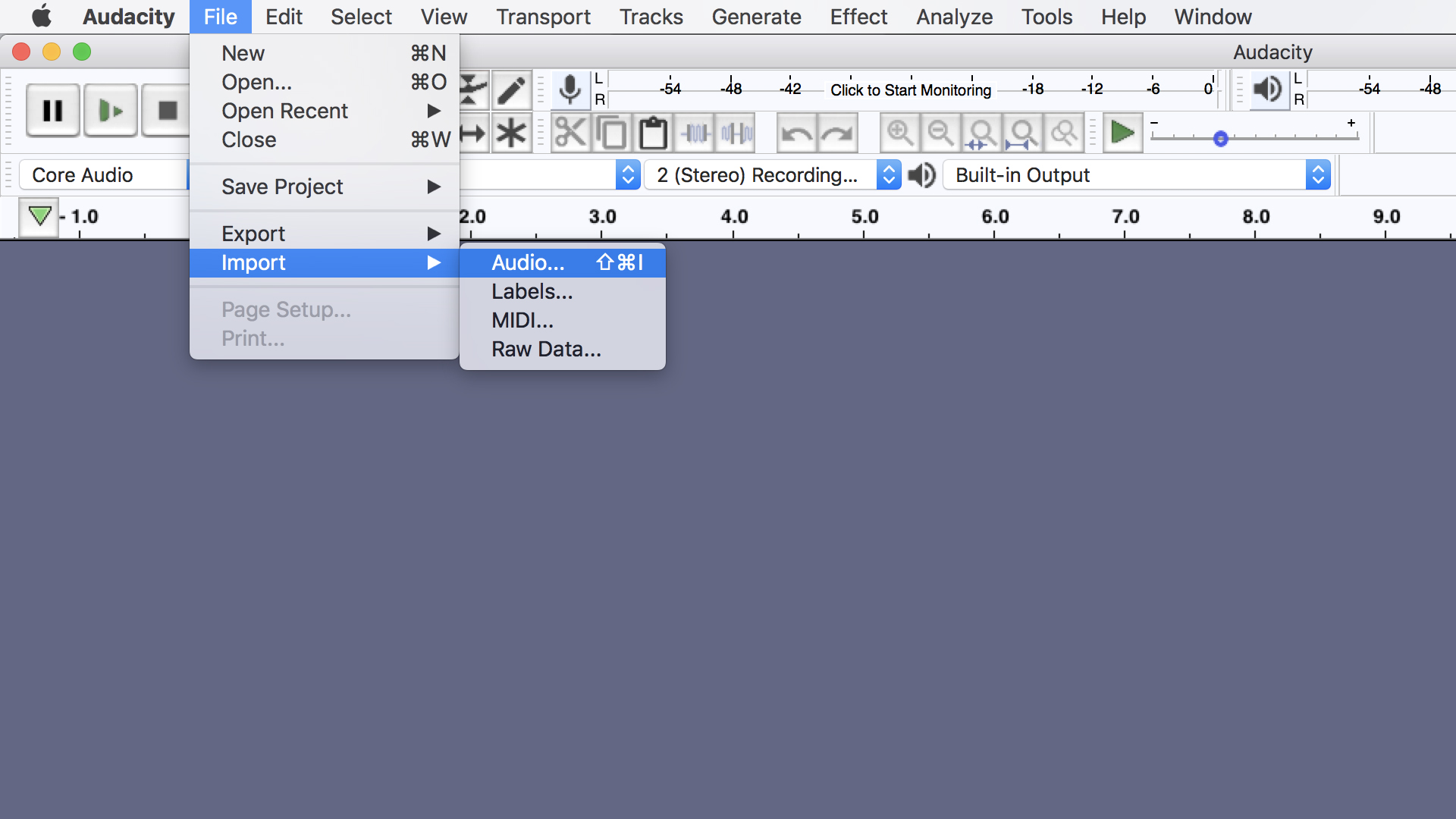
Here are the commands I used to capture then cut a segment that would become the foundation of the noise profile. The results still showed the hiss and harmonic distortion. Then I wrapped the microphone in a towel. Basically this was placing electric tape on the microphone opening and installing the microphone on a USB extension cable. I wasn’t sure the source of the noise so I did a silenced microphone recording. There was also a background noise across the entire spectrum.

Something stood out when I did a spectrogram, all of the harmonic distortion. # Audio_Pi.wav = The saved file that the audio data will be stored to # -t 60 = Capture for a time duration of 60 seconds # -i hw:0,1 = ALSA input device hardware, Card 0, Device 1, see arecord -l results above # -ar 44100 = Audio Sampling Rate of 44100 bits per second # -f alsa = Input format is direct from ALSA # Here is a breakdown of the FFMpeg command. I then used this command to capture the audio on the Raspberry Pi.

arecord -lĬard 0: Device, device 1: USB Audio The information will be needed later when capturing audio with FFMpeg.

Once it was plugged in, I ran this command to view the properties of it. The OS I’m running on my Pi is Ubuntu Mate and there was no need for anything to get the microphone to run. To get audio, I used an simple USB audio microphone to capture audio. I’ll be using a Raspberry Pi which does not have an audio input by default. In this post I’ll cover how to remove noise in an audio file using SoX.


 0 kommentar(er)
0 kommentar(er)
